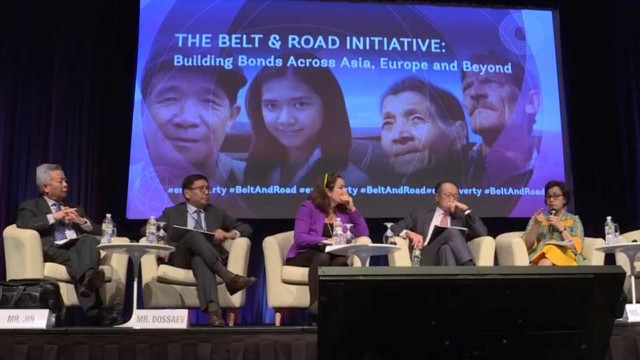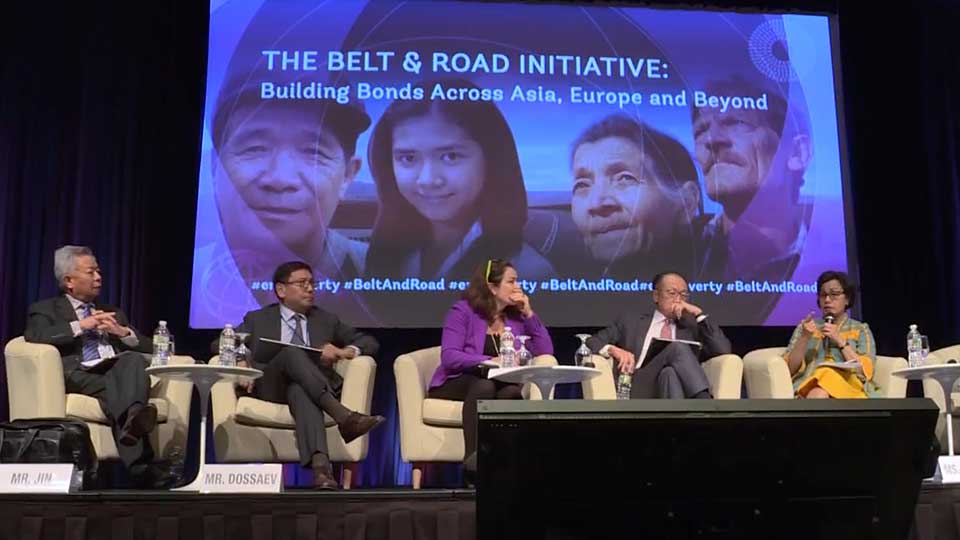China’s One Belt One Road initiative, has created a buzz in global trade. And it’s in the spotlight during this year’s IMF World Bank gathering.
Some analysts say, the initiative is providing new opportunities to strengthen trade cooperation.
CGTN’s Daniel Ryntjes reports.
This year’s gathering of global financial leaders features a prominent place in the schedule for discussions about the implications of China’s Belt and Road Initiative or BRI. China’s Vice Finance Minister Shi Yaobin said it’s designed as a multilateral project: “We hope and we want to make all of the countries can be shared benefit. So from this point we can see the BRI originated from China, but belongs to world.”
In previous IMF World Bank gatherings, the two host institutions have endorsed the objectives of the Belt and Road Initiative. But during this forum on the initiative, the World Bank President demonstrated strong support for its vision of encouraging open trade and development.
“I think two things that the world needs very much right now are strong leadership and an embrace of multilateral approaches to solving difficult problems. And the BRI is both of those things,” Jim Yong Kim said.
The China-led Asian Infrastructure Investment Bank is financing many development projects along the routes of the initiative. So along with spending totaling about $150 billion a year in 68 countries on infrastructure, including major transportation links and hubs, finance leaders here are calling on many of the recipient countries to enable those benefits to accrue by negotiating lower trade tariffs and improving the efficiency of borders to process goods.
At a time when the Trump administration has been indicating a desire to retreat from multilateralism, the advocates of multilateralism and global trade liberalization see an opportunity to continue the development story with the Belt and Road Initiate playing an important role into the future.
 CGTN America
CGTN America


